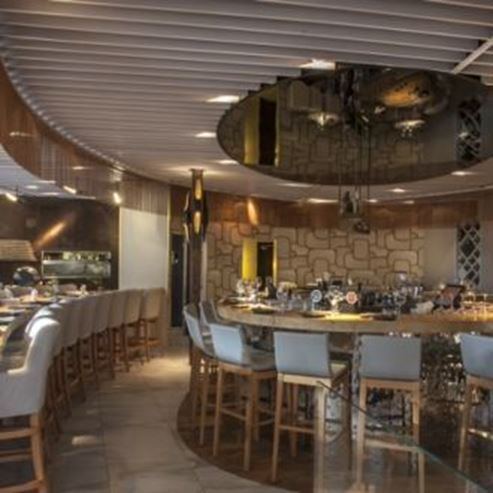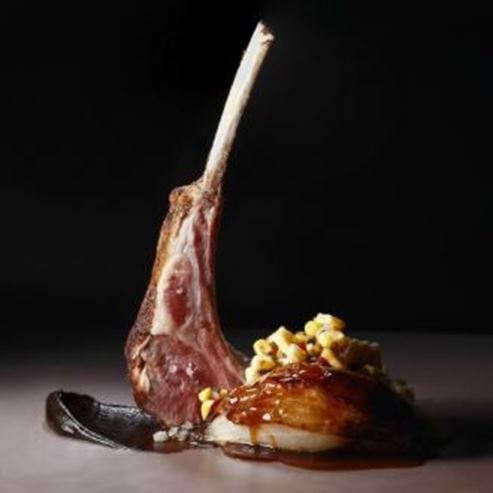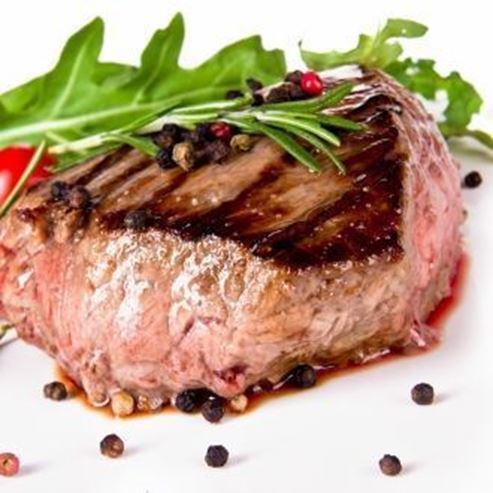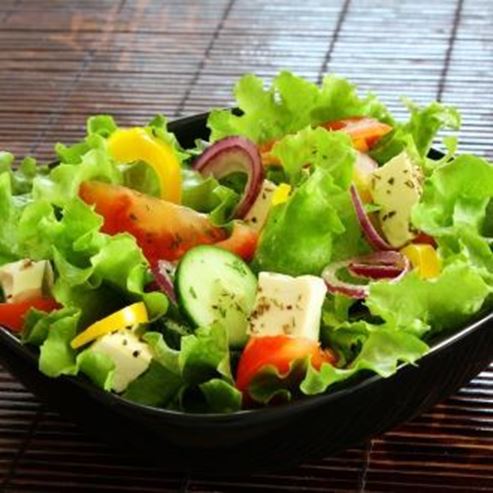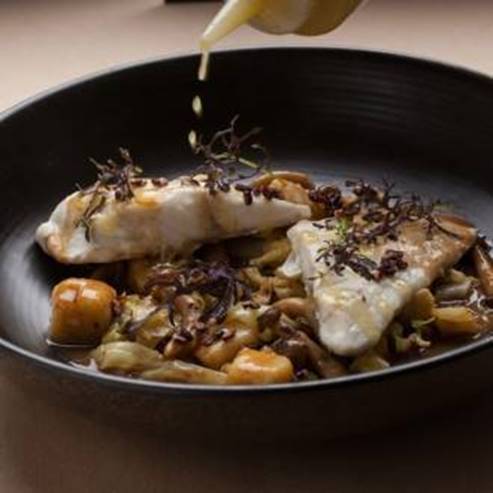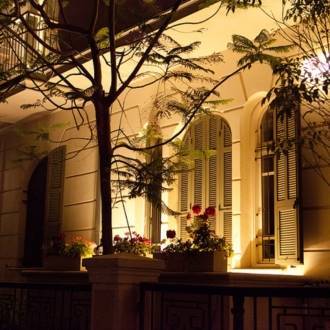A family tour of Ahuzat Bayit in Tel Aviv
Пеший туризм
Tel Aviv was founded in 1909 as a neighborhood of Jaffa, and its first name was Ahuzat Bayit. The founding families aspired to improve the living conditions in the vicinity of nearby Jaffa but also sought a Jewish national life in their own neighborhood. After about a year following its establishment, the new name of the neighborhood - Tel Aviv - was chosen according to the name chosen for the Hebrew translation of the book ""The Old New Land"" by Theodor Herzl, the visionary of the state.
The tour of the Ahuzat Bayit area is suitable for families.
The tour lasts about an hour and a half.
Station 1: Shalom Meir Tower (Ahad Ha'am 9).
From the outside you'll be impressed by its height - today it is hard to believe that once it was the highest tower in the country (34 stories) and some say throughout the Middle East at its time. In the past, the building of the ""Herzliya Hebrew Gymnasium"" stood in the place of the tower. The Gymnasium that was founded in Jaffa was the first Hebrew high school in the world, and a prime minister, commander of the Haganah, and other key figures graduated from it.
You will enter the western entrance to the tower where you can see a model of Tel Aviv in its early years - you can recognize the structure of the Gymnasium. In the hall, there are two mosaics, one by Nahum Gutman, whose parents were among the founders of Tel Aviv, and the other by David Sharir. Look for the first street lamp (the original lantern is here), Queen Esther, or the planting on Tu Bishvat. One floor up and there is an interesting exhibit on Tel Aviv and a large model of the city center in 2003.
Exit the tower south to the next station across Ahad Ha'am Street.
Station 2: Akiva Aryeh Weiss Building (Herzl 2)
Mr. Weiss was the founder of Tel Aviv. On the day he arrived with his family in Israel he participated in a meeting in which he proposed the establishment of a new neighborhood. He was the one who led the idea. He was so happy that he wanted to call his daughter - the first daughter of Tel Aviv - Ahuzat Bayit. His wife preferred the name Elizabeth - and her final name was Ahuzat Bayit Weiss. It is worth looking for what they brought from the beach and put it into the bricks from which the house was built.
Across from their home was a house that had been preserved and belonged to Mr. Pollack. Nachum Gutman describes in his book, ""A Small City and its People,"" a little bit of Weiss's anger that a house with a rounded corner was built opposite his house.
You will proceed south on Herzl Street. You will continue on Rothschild Boulevard to the west, at the end turn left onto Yehoshua Talmi Street and continue right on Lilienblum Street until you reach two large buildings at the end of the street on the left, one with a tiled roof and the other without a roof.
Station 3: Eden Cinema (Lilienblum 4-2)
In 1914, the first cinema was opened in Tel Aviv. It was a hall for screening films before the color era in cinema and without sound, but, accompaniment by musicians (in the tile-roof building). The name Eden, which suggests a place of pleasure - literally a paradise, was suggested by the writer S. Ben-Zion, the father of Nahum Gutman. Later, an additional room without a roof was built to watch films in the hot summer days with a bit of wind. In this building, a great innovation was first shown in Israel - the ""Hamidbar-Hamezamer."
Turn left on Pines Street and left again on Yehuda Halevy Street until the corner with Herzl Street where you will turn left again and continue to the next station.
Station 4: Pensak Passage (Herzl 16)
The large and impressive building was built in the 1920s when Tel Aviv began to grow into an economic center of the Jewish community in Israel. The building was built in a European style as a building with a passage that led to an inner courtyard around which were all business floors and offices. Enter the gate of the building and look into the courtyard to your left. You will see an iron structure - the first elevator which operated in a commercial building in the city.
You'll cross the road to the next stop.
Station 5: The Herzlilienblum Museum (Herzl 13)
The preserved building is one of the houses of Ahuzat Bayit that has grown over the years. Today, Discount Bank operates a museum that tells us experientially about trade and economy in the city and in Israel in general, the restoration of the bank's first branch, and even futuristic banking. The visit (free of charge) must be booked in advance.
You will continue straight on Herzl Street until Rothschild Boulevard until you reach the next stop.
Station 6: The First Kiosk (Rothschild and corner of Herzl)
Here the center of the neighborhood was in the heart of the dunes because of two installations: one was the first street lantern (which you hopefully saw at Shalom Tower), and the other is the reconstructed building of the first kiosk. The kiosk, built initially from wood, was open until late in the evening, fit for a city that would later become known as a city that doesn't sleep. The most famous and probably the most popular product purchased there was the ""Gazoz,"" a seltzer with syrup in various flavors.
You will continue from the kiosk on Rothschild Blvd.
Station 7: A sculpture by Meir Dizengoff and the founders' monument
The man riding the horse is Meir Dizengoff, who led Tel Aviv after Weiss, and is considered the father of Tel Aviv and its first mayor. Dizengoff very much loved horses and his horse, which he also wrote a children's story called 'The Fast One.' Dizengoff used to ride his horse to check what was happening in the city, and once while riding in the middle of the green area on the boulevard, he was caught by a policeman from the Tel Aviv police who wrote him a fine, who of course was very angry about it. Dizengoff was also riding a horse in the Adloyada processions that began in Tel Aviv and were the highlight of Purim celebrations in the city.
In front of you, you can access the monument where the founders of Tel Aviv are commemorated (you can search for the names mentioned on the route). On the other side of the monument you can see the landscapes of Tel Aviv from dunes to animals, to the neighborhood's first houses, its growth in the 1930s (the old and renovated Dizengoff Square) and to the big city with the high-rises of today.
You'll trace your steps back to the last station.
Station: The Independence House (16 Rothschild Blvd.)
In this house, which was the home of Tzina and Meir Dizengoff, and donated by the Dizengoff's to establish the Tel Aviv Museum of Art, and, David Ben-Gurion announced the establishment of the State of Israel on May 5, 1948, therein.
Meir Dizengoff did not see the moment, but the vision of the founders of Tel Aviv came true, and in the first Hebrew city the Hebrew state was established.
The site will be closed for preservation and the establishment of a new exhibition (2018, a paid attraction)
Written by: Yossi Goldberg
Photographer: Dana Friedlander for the Israeli Ministry of Tourism
Подобные тропы
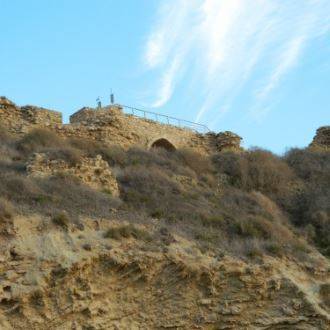
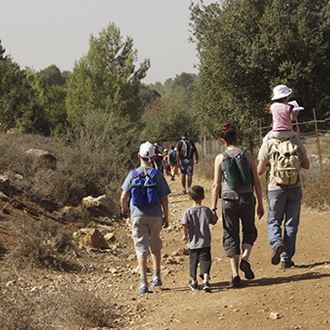
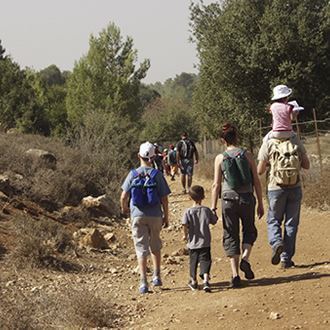
Прогулка по ханаанской набережной и пляжу
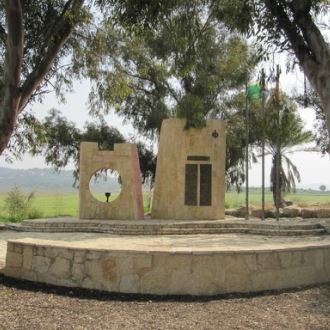
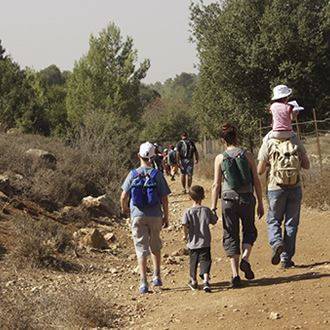
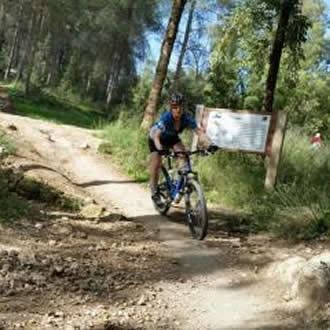
Близлежащие достопримечательности
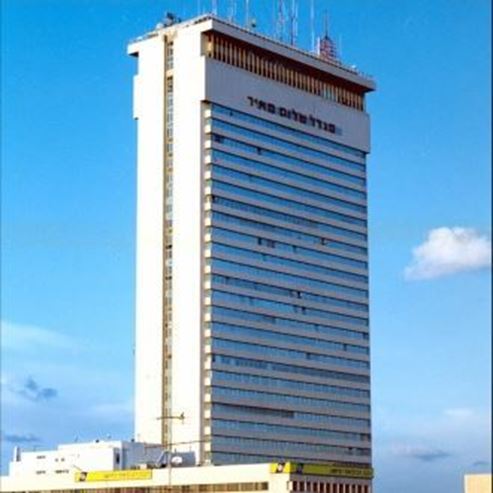
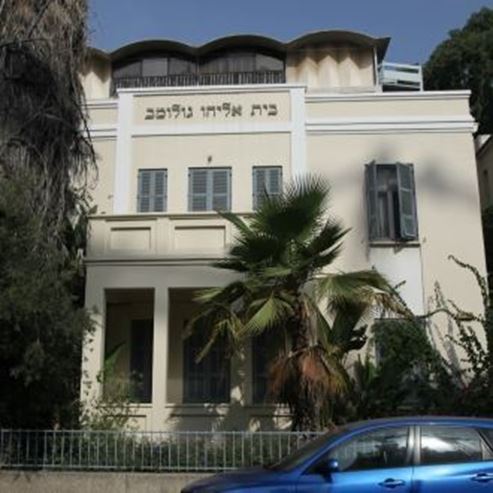
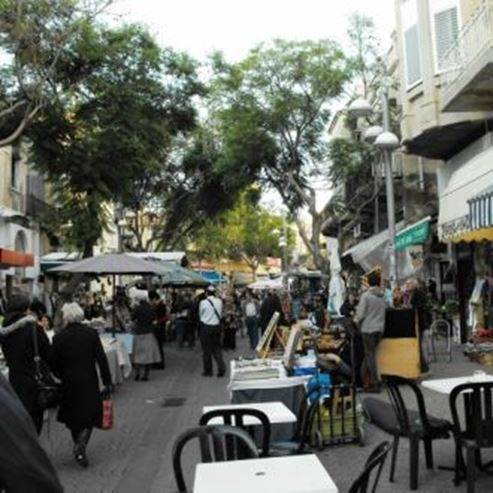
Пешеходная улица Нахалат Бинямин
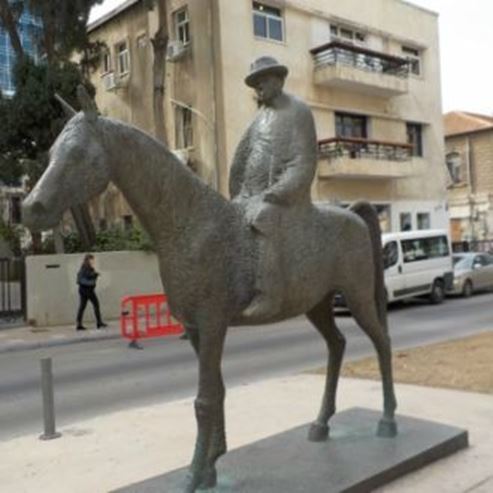
Индепенденс-холл
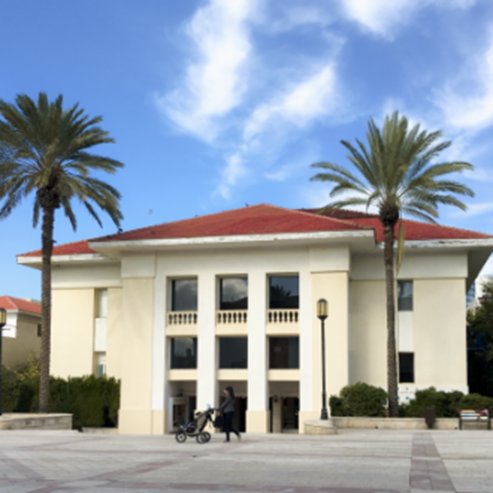
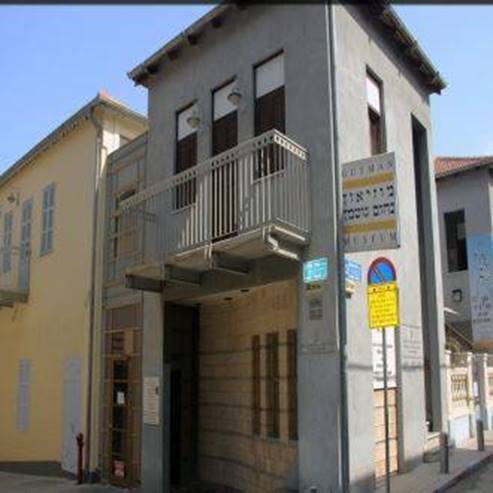
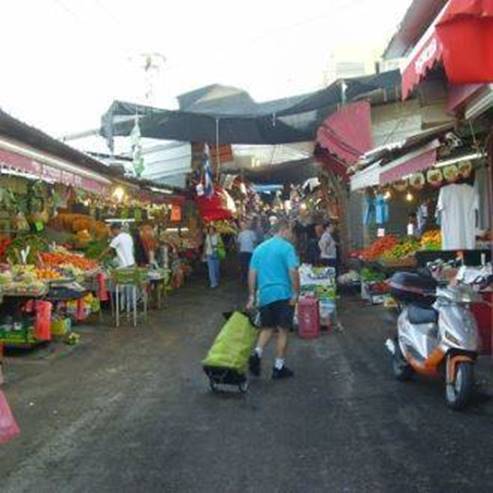
Близлежащие рестораны
